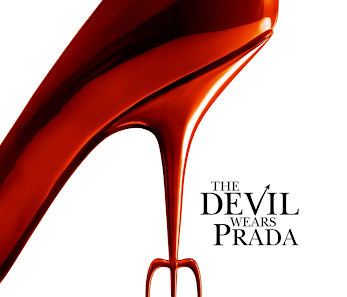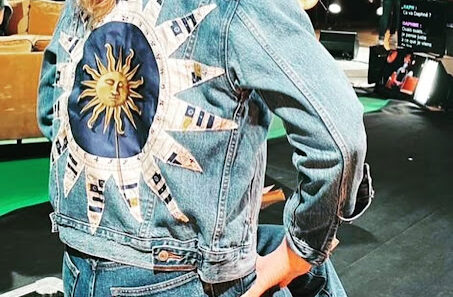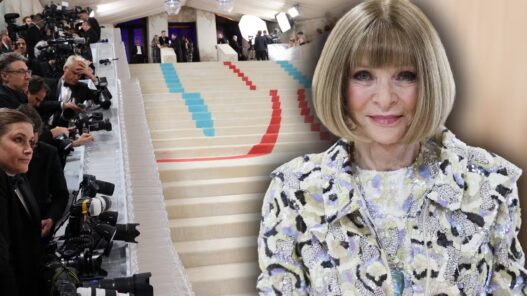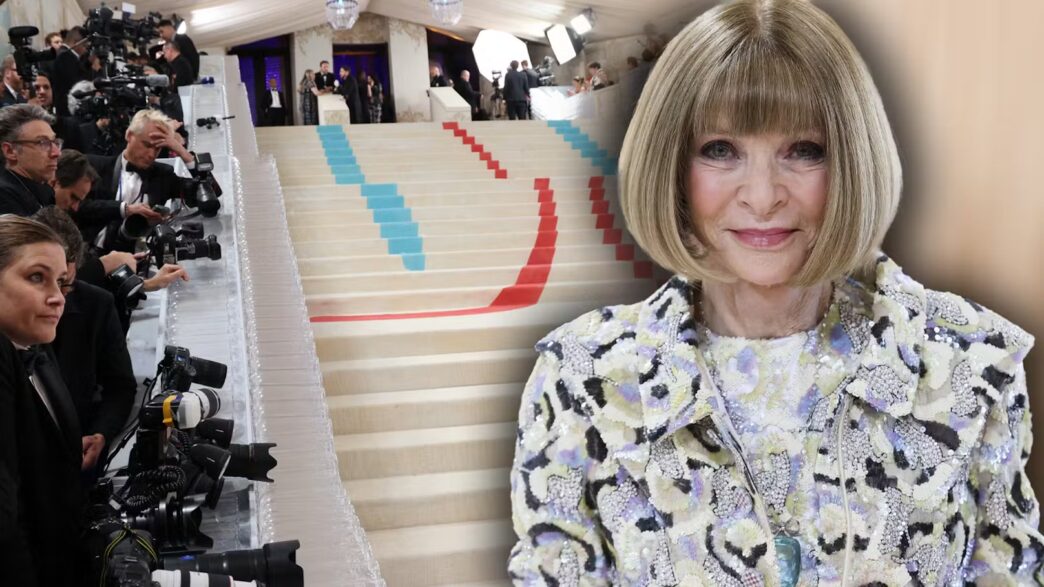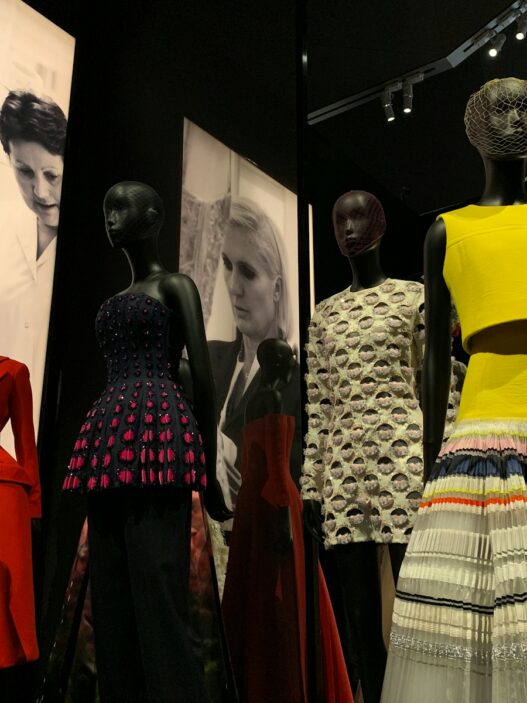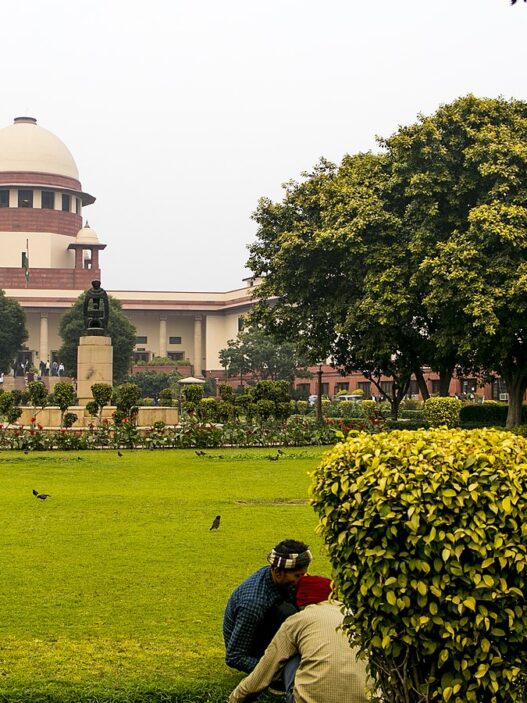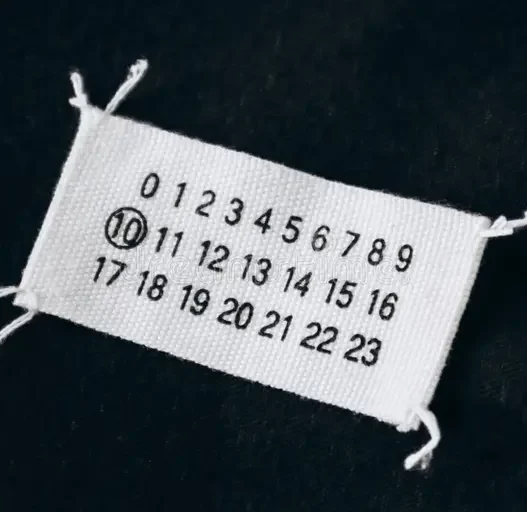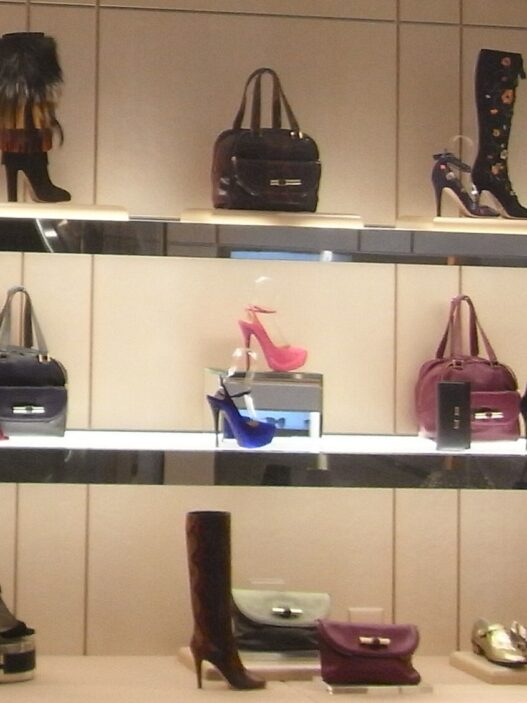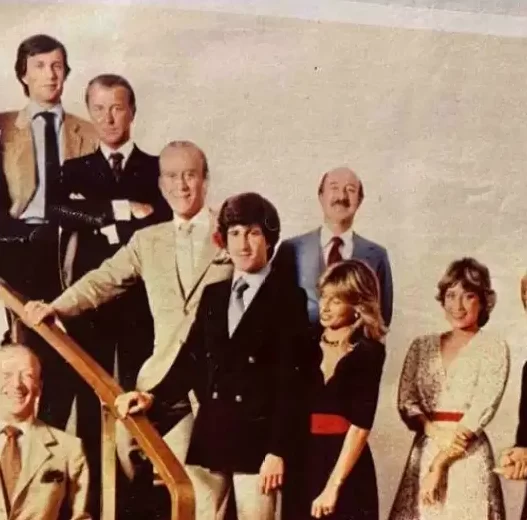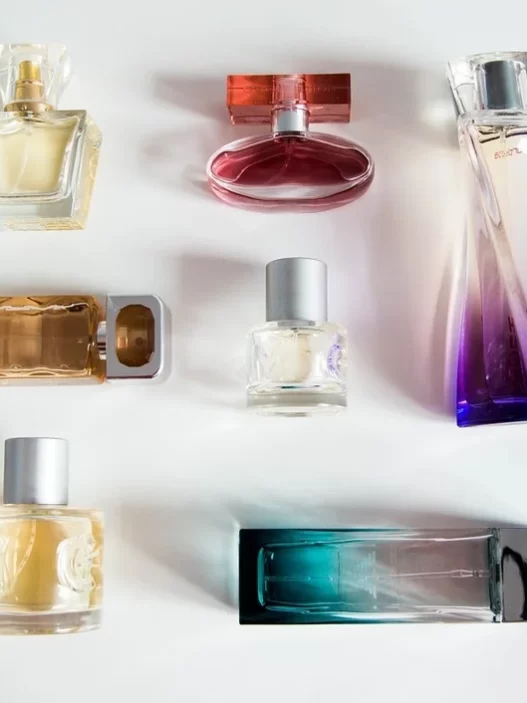Anna Wintour didn’t need a courtroom to influence the law. She had Vogue.
In 1988, her first cover as editor-in-chief broke fashion’s fourth wall. A model in jeans. A couture top. No studio, no set. Just sunlight, denim, and the beginning of something irreversible. Editors before her curated style. Wintour curated power. From that point forward, being seen in Vogue wasn’t exposure—it was validation. And with that validation came real consequences: commercial, reputational, and legal.
Designers rose and fell by her endorsement. Trends became trademarks. A single editorial spread could spark a dozen lawsuits. Yet Wintour never touched a legal brief. She didn’t need to. She mastered a different kind of authorship—codifying taste, structuring markets, and indirectly governing the rights of everyone from models to multinational brands.
To call her a tastemaker is an understatement. Tastemakers follow the rules. Wintour made them.
The fashion industry likes to speak of disruption. Anna Wintour institutionalised it. Behind her signature bob and blacked-out glasses is a legacy built not on visibility, but control. Her silence isn’t a mystery. It’s governance.
The law, especially in fashion, is slow. Wintour is not. While IP lawyers debate originality, she decides who gets the cover. While labour watchdogs audit factories, she signals which brands deserve our money. Her decisions, framed as editorial instinct, often dictate the legal terrain others spend years navigating.
This isn’t just about fashion. It’s about the architecture of influence. When one woman’s aesthetic judgment can impact contracts, copyrights, reputations, and employment, what do we call that? In any other industry, we’d call it regulation. In fashion, we called it Anna.
The law asks, who made it first?
Fashion asks, who made it matter?
The Vogue Rulebook
In the courtroom, originality is measured in threads and silhouettes. In Vogue, it’s measured in who got the opening spread. For decades, Anna Wintour has controlled that visibility. She doesn’t arbitrate copyright, but her decisions pre-empt the debate. When she endorses a look, it becomes gospel. When she ignores it, it vanishes. The law protects creators; Wintour decides which ones get seen.
Intellectual property law in fashion is famously porous. Designs are copied, repackaged, and rebranded with dizzying speed. Enforcement is expensive, subjective, and rarely global. But placement in Vogue? That’s instant protection. Once a garment or designer is sanctioned by Wintour, they gain a soft shield—an informal trademark in the public eye. Suddenly, knockoffs look like theft, not because of legal precedent, but because Vogue made the original sacred.
Wintour’s editorial power fills the gaps where legal protection falters. It doesn’t just suggest legitimacy; it confers it. This is why emerging designers chase her attention harder than a copyright filing. Visibility in her pages is a kind of IP currency with real commercial value and lasting legal consequences. Brands she elevates are more likely to receive investment, celebrity alignment, and media protection. Brands she ignores remain vulnerable, unclaimed, and replicable.
This influence doesn’t sit neatly within statutes but shapes legal behaviour. Fast fashion brands avoid designs she’s recently showcased. Retailers wait for Vogue’s seasonal cues before placing orders. Designers tailor collections for her gaze, not just for the runway.
If IP law in fashion is a sieve, Anna Wintour is the gate at the front of it. Her taste becomes precedent. Her aesthetic becomes case law.
And yet, she signs no rulings. She simply edits.
The Contract behind the Cover
Every photo in Vogue is a negotiation disguised as art.
The lighting may be soft, the clothes ethereal, but behind each frame is a dense tangle of contracts. Usage rights, exclusivity clauses, compensation terms, and NDA-bound collaborations operate beneath the surface. At the centre of this legal choreography is Anna Wintour, orchestrating visibility with the precision of a strategist rather than a stylist.
Wintour does not simply select images. She curates narratives. Who appears in the magazine, how they are framed, what they wear, and how long their presence lingers in public memory flow through her editorial judgment. Yet the implications go far beyond visual direction. To be featured in Vogue is to enter a transactional ecosystem where aesthetics intersect with law. A designer’s gown on the cover becomes an endorsement. A model’s image becomes a commodity. A brand’s placement carries the weight of silent commercial alignment.
Photographers working with Vogue do so under layered agreements that govern licensing, editorial discretion, and future use. Models often trade image rights for visibility rather than compensation. Brands offer samples and garments not in pursuit of sales alone, but for the symbolic capital that Vogue confers. Nothing about this exchange is casual. It is structured, intentional, and built around power.
Wintour’s influence lies in her ability to set the terms of visibility. She decides who appears first, who appears alone, whose name is printed, and whose is omitted. Each of these choices reshapes hierarchy. Contracts follow those cues. So do negotiations. A designer featured on a prime spread commands higher licensing rates. A model elevated by Vogue sees her agency value increase overnight.
Absence speaks just as loudly. When Wintour withholds visibility, she also withholds leverage. A designer excluded during a major fashion cycle does not merely lose publicity. They lose negotiating power in their next deal.
She may never draft the contract. But she defines its weight.
Power by Omission
Power in fashion rarely announces itself. It prefers to look like taste.
Anna Wintour’s power is not defined by public statements or visible authority. It is defined by absence—who is not featured, invited, or remembered. Exclusion is her most unspoken tool. And in the world of fashion, exclusion is not just a matter of opinion. It becomes a form of regulation.
To be left out of Vogue is not merely a missed opportunity. It can signal a decline in status, a withdrawal of relevance, or a silent commentary on value. This silence reverberates. Investors notice. Retailers hesitate—contracts stall. In an industry where visibility is currency, invisibility has a cost. Wintour does not need to denounce a designer or brand publicly. All she needs to do is look away.
This quiet gatekeeping operates without formal structure, but its effects mirror those of legal enforcement. Careers shift because of it. Markets respond to it. And yet, there is no appeal, tribunal, or stated criteria. The power is personal, but the consequences are systemic.
What makes Wintour unique is her ability to balance this exclusivity with credibility. Her silence is not random. It carries weight precisely because of her consistency. When she includes, it feels earned. When she excludes, it feels final. The fashion industry relies on this clarity. So do the legal structures that orbit it.
A single nod from Wintour can legitimise a brand in the eyes of trademark examiners and investors alike. A single omission can flatten an entire season’s commercial arc. This is not hyperbole—it is precedent written in sales figures and licensing outcomes.
She holds no official gate, yet everyone moves through the one she builds. The fashion calendar follows her logic. So does the market.
Soft Law, Hard Impact
In a world saturated with influencers, Wintour remains singular. Not because she chases attention, but because she controls what deserves it.
Anna Wintour has never held legislative power. But for the global fashion industry, she has long embodied something more nuanced—soft law, written not in statutes but in spreads.
Her choices do not create binding obligations. They develop behavioural norms. Designers delay launches until Vogue weighs in. Brands alter marketing campaigns to mirror her aesthetic cues. Models recalibrate their careers based on proximity to her favour. These are not official mandates, but they influence conduct with remarkable precision.
In legal theory, soft law refers to guidelines that shape expectations without enforceability. Wintour’s editorship operates the same way. Her approval is not codified, but it is pursued. Her disapproval carries no penalty, yet it causes loss. Within this framework, her influence has functioned as an informal regulator, more agile than any institution and far more enduring than trend cycles.
This is particularly critical in areas where formal law lags—intellectual property, labour practices, and sustainability. As legislators struggle to keep pace with fast fashion and digital disruption, Wintour’s editorial line often becomes the ethical baseline. When she champions sustainability, brands follow. When she distances herself from problematic figures, doors close around them; her stance, while never stated as policy, creates its own form of compliance.
The fashion industry has consistently resisted rules imposed from outside. It prefers governance that looks like guidance. Wintour mastered this space by positioning taste as law, and taste is something she wields with unwavering precision.
This raises a new question for fashion law. What happens when cultural gatekeeping becomes more influential than legal enforcement? And more importantly, what should the law learn from it?
Wintour may never be cited in a casebook, but her legacy offers a template. Authority does not need a statute to be real. In industries built on perception, legitimacy is shaped long before a contract is signed. Often, it is shaped on a page, under soft lighting, with her byline above it.
The Final Edit
Anna Wintour never needed a gavel. She had a front row seat.
In the courtroom of cultural capital, her rulings arrive folded in linen paper and gloss. Her power was never about spectacle. It was about structure, but the kind that quietly reshapes norms without announcing itself. Where lawyers draft codes, she edits and influences. Where institutions legislate, she curates. The result is a legal paradox: a woman with no formal jurisdiction, governing an industry that moves because she moves.
If fashion is a language, Wintour is its grammar. She decides what is admissible and persuasive, and what should be struck from the record. And for three decades, she has written the subtext of every contract without signing a single one.
To study fashion law without studying Anna Wintour is to miss the most powerful clause in the industry’s fine print: influence, impeccably dressed, is enforceable.
And it always wears Chanel sunglasses.




